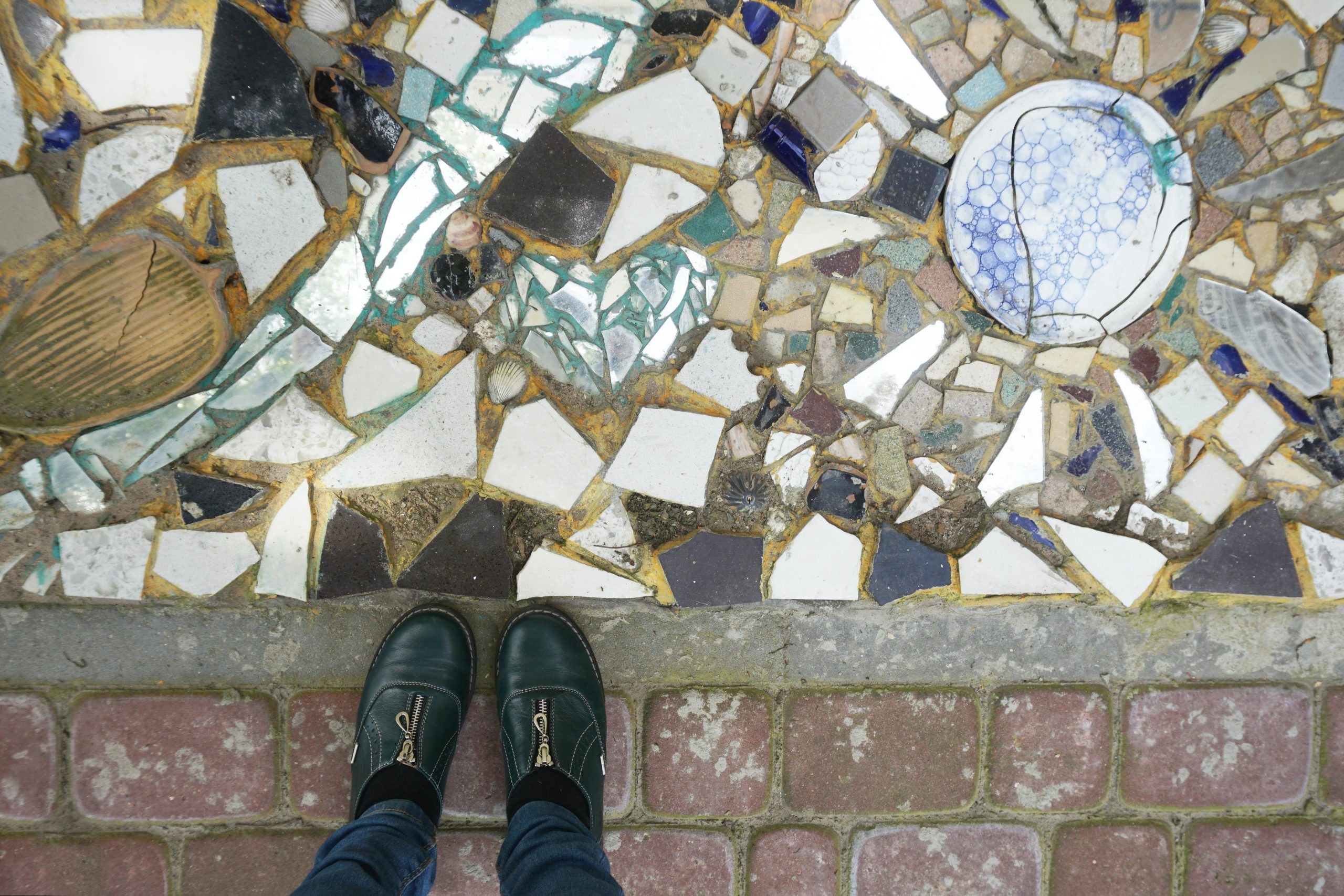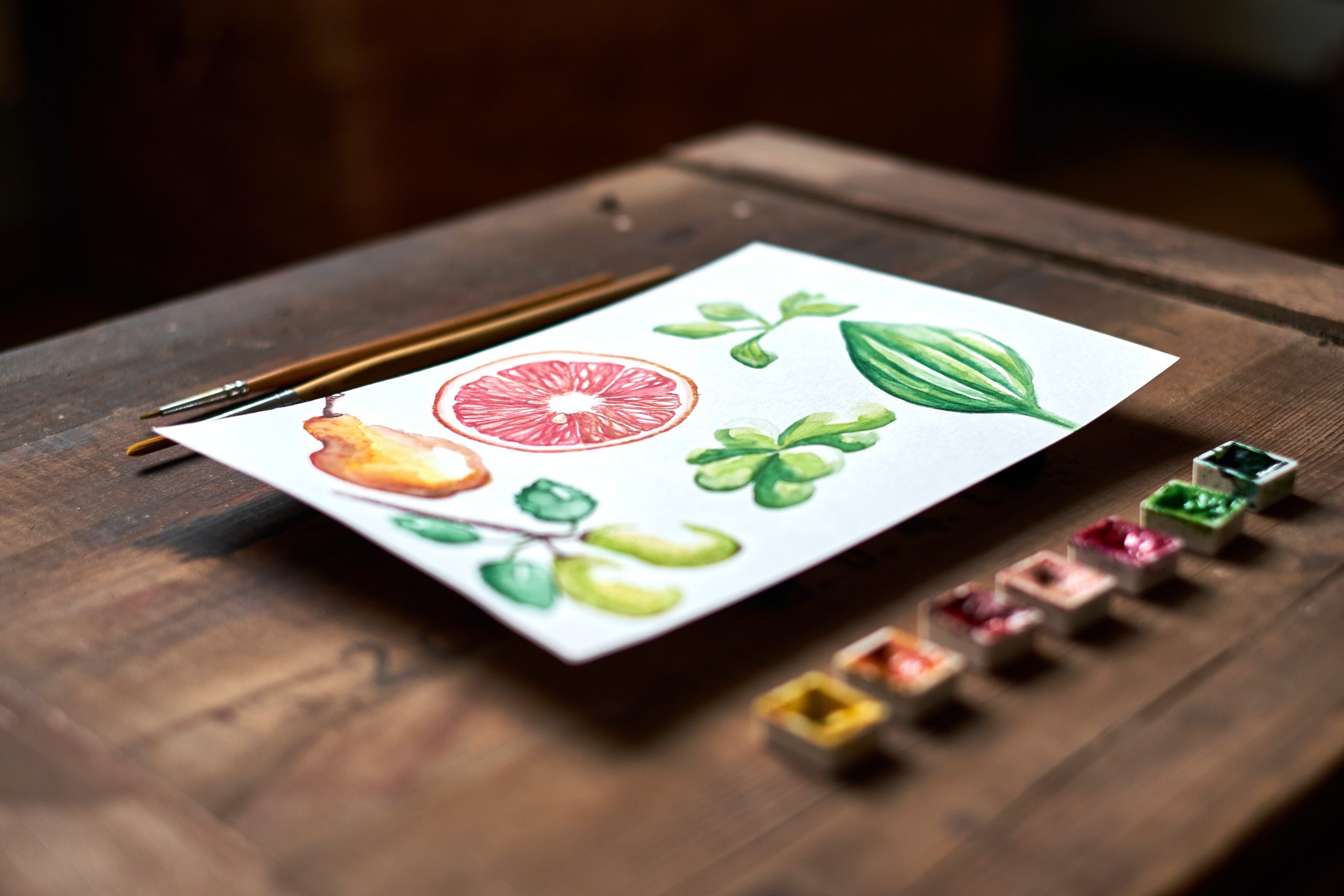Licensing
Breaking down the basics of giving permission to another group or person to do something with your work through licenses.
What is a licence?
A licence is a permission from one person (often called a “licensor”) to another (often called a “licensee”) allowing the other person to do something. Without this permission, the licensee would not legally be able to do any of the permitted acts. A “work” includes an artwork, a piece of writing, a song or a script.
When someone gives another person permission to use a work protected by Australian copyright law, this is called a “licence“. Under the Copyright Act 1968, the copyright owner of the work has the following “exclusive rights” to:
1. reproduce the work (e.g. take copies of it by photocopying, photographing, copying by hand, filming, scanning into digital form or copying from a digital file); and
2. publish the work (e.g. when reproductions are made available to the public in an art book, on t-shirts or on postcards); and
3. communicate the work to the public (e.g. when the artwork is uploaded to the internet); and
4. for all works other than artistic works,
a. perform the work (e.g. play a song in a pub); and
b. adapt the work (e.g. turn a script into a film).
So, if someone wants to do any of these things, and they do not own the copyright, they will usually need to get permission or a licence from the copyright owner.
Example of a licence:
Belle created a painting. Under the law, she automatically becomes the copyright owner in the painting. Mike wants to use the painting on the front of some t-shirts he is making. He will usually have to ask Belle for her permission to do this, and pay a fee to do this. The permission which Belle gives is called a copyright licence. That licence can talk about how many copies Mike can make, when, how and also the fee that Belle will receive for giving this permission.
What if the artwork is sold?
Licensing the use of an artwork is different to selling the physical artwork itself. When a work is sold, this does not mean that the buyer gets any of the exclusive rights above. They will still need to get a licence to do any of these things, even if they own the physical artwork.
Who can licence?
Normally the artist who creates an artwork owns the copyright in it. To licence an artwork you must be the copyright owner or have permission from the copyright owner to pass on licences to others.
There are some circumstances where an artist will not own the copyright in their work e.g. if an artwork is created in the course of employment (the employer will then usually own the copyright) or for certain commissions. Normally, being commissioned to create a work does not mean that you lose the copyright in that work. Arts Law can help you decide whether you do or do not own copyright in the work you have created.
Types of licences
Because a licence is a specific permission, they are all different. It all depends on what the licensor and the licensee want to agree to. Things that should be considered are: how long will the licence last, how much will the licensor be paid, what is the licensee allowed to do with the work under the licence. The main types of licences are exclusive and non-exclusive licences.
1. Exclusive licence – When the licensor authorises the licensee, and no one else, to do certain things. The licensor is also excluded from exercising the rights granted to the licensee under the licence. The licence must:
a. be in writing.
b. be signed by the licensor or someone on the licensor’s behalf.
It is important that if an exclusive licence is granted that the licensor is provided a reasonable fee or royalty. This is because the licensor will not be able to licence anyone else to do the things covered in the licence.
2. Non-exclusive licence – When the licensor authorises the licensee to reproduce, publish or communicate the work to the public but the licensor wants to retain their rights and continue to use the work themselves, and grant licences to others. A non-exclusive licence can be oral. It is always better, however, to have a written agreement.
Sometimes, the circumstances might imply a certain type of permission, even if the licensor or licensee do not expressly make this clear. This is called an implied licence. For example, when someone sends a letter to the editor of a newspaper there is an implied licence that the newspaper can edit and publish the letter. Also, when an artwork is commissioned for a purpose, the commissioner usually has an implied licence to use the artwork for that purpose.
Licensing checklist
1. Parties: The agreement should clearly identify the people or organisations making the promises.
2. Licence type: Decide whether an exclusive, sole, or non-exclusive licence is appropriate.
3. Rights granted/licence scope: Decide on the scope of the licence, ie the way that the licensee will be allowed to use the work. For an artwork, this could include:
a. the permitted dimensions and colours of any reproduction;
b. the kinds of objects the licensee may print the image onto;
c. the kinds of mediums or multimedia platforms in which a reproduction is permitted;
d. the “print run”, or the number of items on which the image may be reproduced; or
e. the way in which the image can be used on any promotional brochures for a product.
4. Moral rights: Set out how the artist wants to be attributed (named) and where they want this to appear on any reproduction. For example: “Original work by Sam Joseph © 2004”; or “Smiling © Sam Joseph 2004″. Specify that the artist’s consent must be obtained to alter the artwork/image, add something to it, or change it in any way. Remember that an artist cannot sell, transfer or license moral rights.
5. Term: Set the time during which the licensee may use the rights granted under the licence.
6. Territory: Determine the place in which the licensee may use the rights granted under the licence. Does the licensor want this place to be limited to a specific town, region or country?
7. Payment: Agree on the amount or amounts the licensee will pay the licensor. Payment can either be a flat fee, royalties (ie a percentage of money received from using the rights granted under the licence) or both. Artists can seek advice from organisations such as Viscopy (www.viscopy.org.au) or Copyright Agency Limited (www.copyright.com.au) (CAL) about payment rates. Also consider whether any GST is payable.
8. Termination: There should be a clause covering what will happen if there is a breach of an important part of the agreement, and how long the licensee and the licensor has to fix the problem before either can exercise the right to end the agreement. There should also be a clause that sets out what happens when the agreement ends.
9. Evidence: A record of the agreement should be kept. Two copies of the agreement can be created so that the licensor and the licensee can each have a signed original.
10. Duty/Government charges: Check whether stamp duty is payable on the licence. If you are unsure contact the Office of State Revenue or its equivalent in your state.
Disclaimer
The information in this information sheet is general. It does not constitute, and should be not relied on as, legal advice. The Arts Law Centre of Australia (Arts Law) recommends seeking advice from a qualified lawyer on the legal issues affecting you before acting on any legal matter.
While Arts Law tries to ensure that the content of this information sheet is accurate, adequate or complete, it does not represent or warrant its accuracy, adequacy or completeness. Arts Law is not responsible for any loss suffered as a result of or in relation to the use of this information sheet. To the extent permitted by law, Arts Law excludes any liability, including any liability for negligence, for any loss, including indirect or consequential damages arising from or in relation to the use of this information sheet.
© Arts Law Centre of Australia
You may photocopy this information sheet for a non-profit purpose, provided you copy all of it, and you do not alter it in any way. Check you have the most recent version by contacting us on (02) 9356 2566 or tollfree outside Sydney on 1800 221 457.
The Arts Law Centre of Australia has been assisted by the Commonwealth Government through the Australia Council, its arts funding and advisory body.




